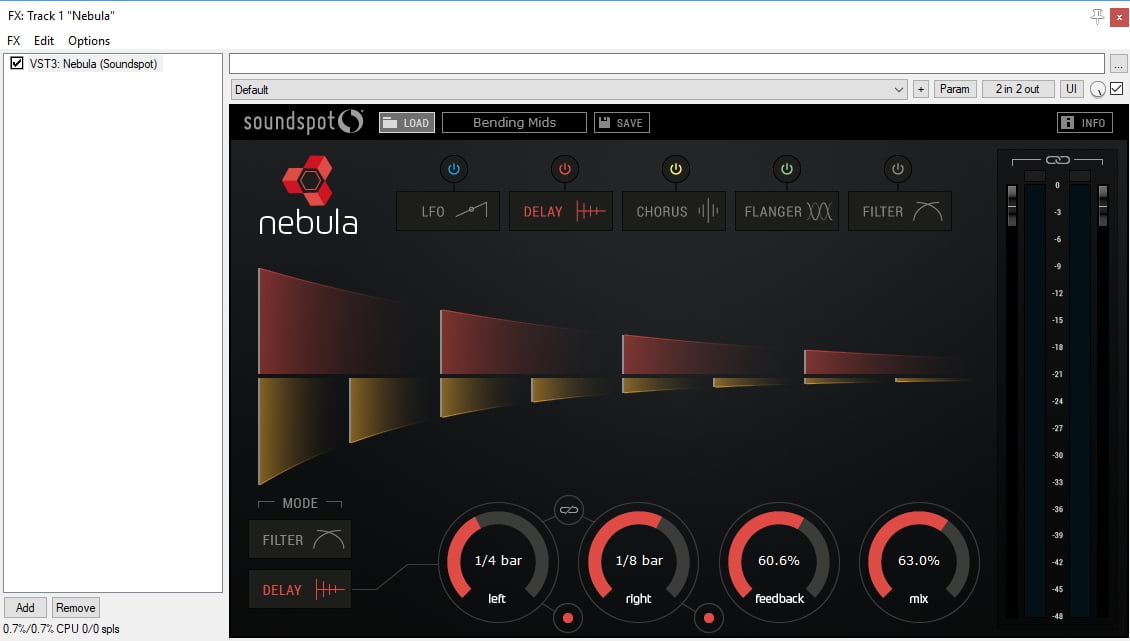

Siegel/Beyond The Galaxy)Īll galaxies beyond a certain distance always remain unreachable, even at the speed of light. Dark energy’s density, on the other hand, will truly remain constant if it behaves as is currently thought: as a form of energy intrinsic to space itself. As the universe expands, the matter density dilutes, but the radiation also becomes cooler as its wavelengths get stretched to longer, less energetic states. How matter (top), radiation (middle), and a cosmological constant (bottom) all evolve with time in an expanding universe. Siegel/Beyond the Galaxy)ĭark energy, inherent to space itself, never decreases, even as the universe expands. All of these universes are governed by the Friedmann equations, which relate the expansion of the universe to the various types of matter and energy present within it. In our observed universe, a cosmic acceleration is caused by some type of dark energy, which is hitherto unexplained. The expected fates of the universe (top three illustrations) all correspond to a universe where the matter and energy combined fight against the initial expansion rate.

Over time, the expansion rate still drops, but remains positive and large because of dark energy. Saxton (NRAO/AUI/NSF) ALMA (ESO/NAOJ/NRAO) NASA/ESA Hubble) All of these galaxies will always be visible to us, but not reachable by us. You can clearly see, based on this image, how ALMA can spot features in galaxies that Hubble cannot, and how galaxies that may be entirely invisible to Hubble could be seen by ALMA. This enabled astronomers to create a 3-D image of the star-forming potential of the cosmos. Looking back through cosmic time in the Hubble Ultra Deep Field, ALMA traced the presence of carbon monoxide gas. (Credit: Rob Knop.)īeyond distances of ~14.5 billion light-years, space’s expansion pushes galaxies away faster than light can travel. Note that the objects start off closer than the amount of time it takes light to travel between them, the light redshifts due to the expansion of space, and the two galaxies wind up much farther apart than the light-travel path taken by the photon exchanged between them. This simplified animation shows how light redshifts and how distances between unbound objects change over time in the expanding universe.

Illingsworth (UC, Santa Cruz))Īs the universe expands, the space between all unbound objects increases over time. These galaxies will always remain visible to us, but we will never see them as they are today: 13.8 billion years after the Big Bang.

Although there are magnified, ultra-distant, very red and even infrared galaxies in the extreme Deep Field, there are galaxies that are even more distant out there than what we’ve discovered in our deepest-to-date views. However, most of them are already permanently unreachable by us. ( Credit: HUDF09 and HUDF12 teams Processing: E. The remaining 90% of galaxies are either too faint or too red or too obscured for Hubble to reveal. The Hubble eXtreme Deep Field (XDF) may have observed a region of sky just 1/32,000,000th of the total, but was able to uncover a whopping 5,500 galaxies within it: an estimated 10% of the total number of galaxies actually contained in this pencil-beam-style slice. Our visible universe contains an estimated ~2 trillion galaxies. However, not every observable object is reachable. As long as the light from any galaxy that was emitted at the start of the hot Big Bang 13.8 billion years ago would have reached us by today, that object is within our presently observable universe. ( Credit: ESO / Håkon Dahle)įrom our vantage point, we observe up to 46.1 billion light-years away. Beyond our galaxy, however, are trillions of others, nearly all of which are expanding away from us. The Milky Way, as seen at La Silla observatory, is a stunning, awe-inspiring sight to anyone, and offers a spectacular view of a great many stars in our galaxy. Our universe, everywhere and in all directions, is filled with stars and galaxies.


 0 kommentar(er)
0 kommentar(er)
